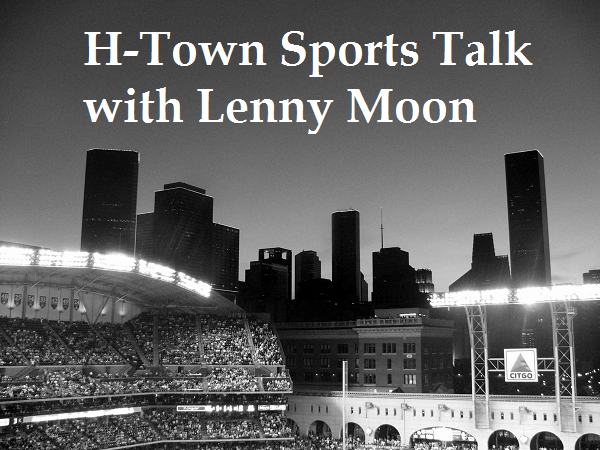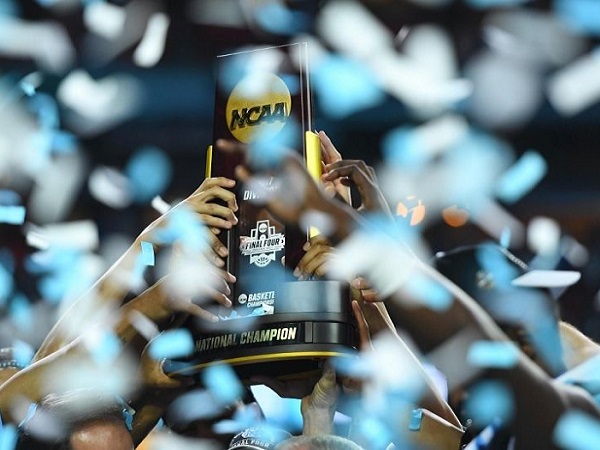“When an irresistible force such as you
Meets an old immovable object like me
You can bet just as sure as you live
Something’s gotta give”
Johnny Mercer, 1954
A song always tells a story. In this article, the story is about the problem presented by social media when it on the one hand is the greatest communication distribution platform ever created outside of the printing press. On the other hand, it is a free communication platform where everyone is free to share information, along with their privacy. Within the aforementioned context, the quintessential question of our time will be and is surrounding the power of tech, entertainment, and media companies, social or otherwise.
The First Amendment to the United States Constitution and privacy law in this country are both, admittedly, at war with social media and each other. Social media wants more information to help drive engagement with their platforms, but also to collect information to help sell more things. Social also wants to limit what information gets shared for fake news and intellectual property reasons, namely, copyright infringement.
To date, social media has not been deemed at public forum by the U.S. Supreme Court where free speech can only be restricted with strict scrutiny being applied and generally only allows for time, place, and manner restrictions. Social media giants like Twitter and Facebook, and content streamers like YouTube, deleting accounts and content that it deems inappropriate, which can be and is brushed broadly and specifically, is up to this point an allowable act. It should no less, however, be cause for trepidation.
There is also an issue of social media platforms becoming dangerous places in terms of physical safety because of terrorist networks utilizing it to post videos and connect with potential marks. What should be the response? Two not mutually-exclusive options come to mind.
1. Regulation or Lawsuit: U.S. Government challenges Social Media through Court and Congress
In this scenario, social media will be forced to act as a public platform. Meaning, it can continue to make money, but the platforms will not be able to remove accounts or content without satisfying the strict scrutiny threshold when implementing restrictions. The above could be completed through legislation or a lawsuit.
2. Self-Regulation: Social Media Goes the Subscription Route
This is where social media takes the privacy and first amendment problem into its own hands and solves it by forcing users to subscribe to the platform for a fee and by agreeing to assent to specific terms and conditions. Accessing content would become more like a private posting dashboard versus a place where everyone can post and say what they wish. Think of this as the social media of Netflix. Moreover, maybe there is a paywall for one “premium” platform that can be controlled with a free one that is less controlled based on Constitutional issues. Interestingly enough, there are also some additional opportunities for entertainment and sports talent and influencers to monetize their content by implementing the subscriber model.
In this story, the irresistible force is social media in all its distribution glory. The immovable object is the people protected by the First Amendment and wanting to keep certain information private.
“You can bet just as sure as you live . . . Something’s gotta give.”
























